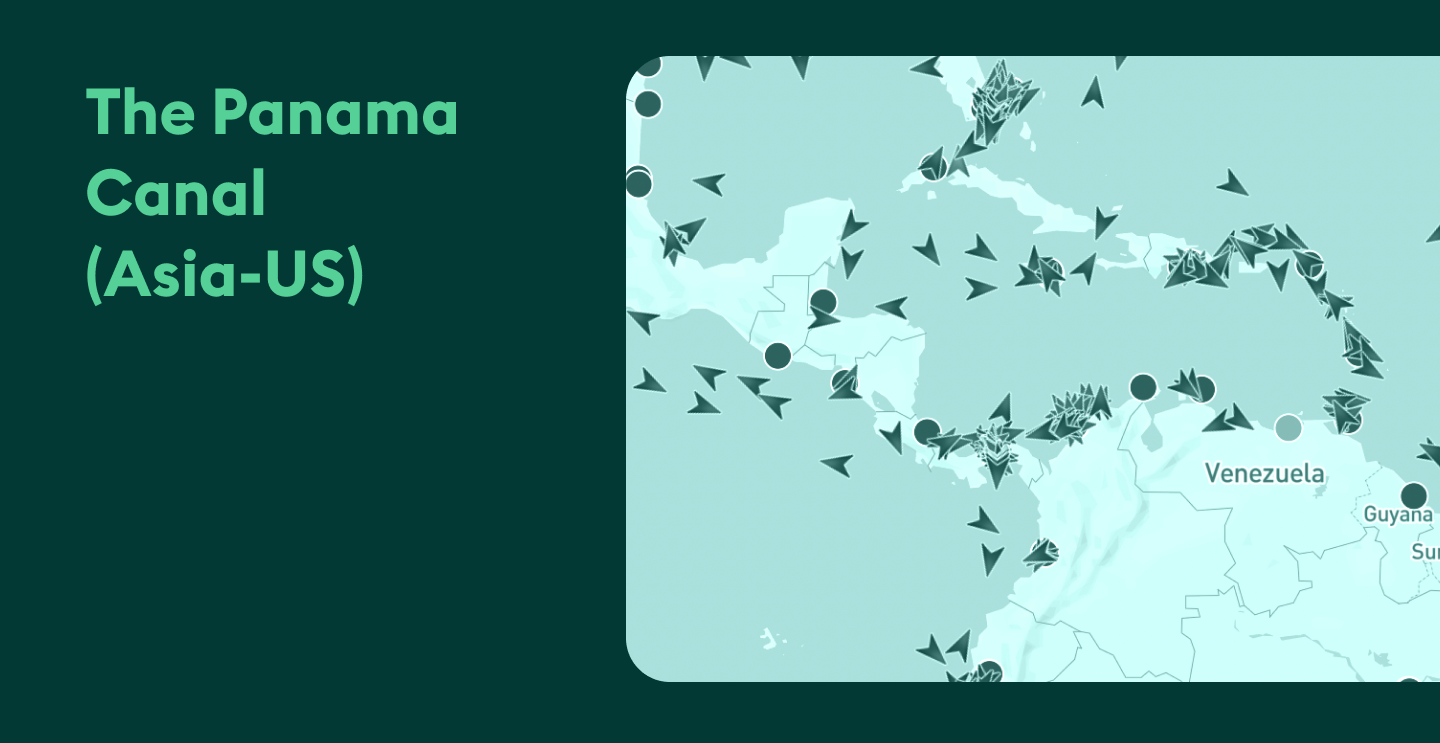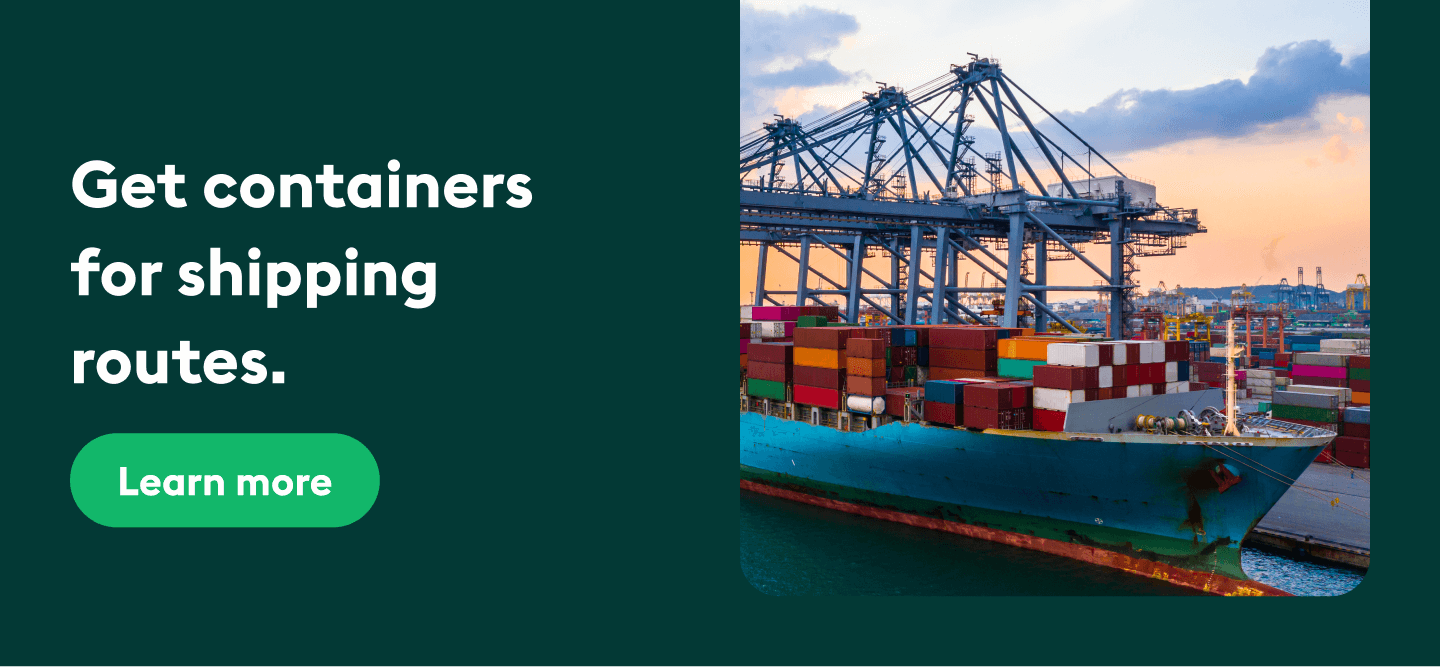There are 5 major shipping routes in the industry. This blog will give you all the information about these routes and how to find containers on these stretches at the best prices for your next shipment.
Over 90% of world trade is carried by sea across major shipping routes. We’ll explore more about this in the next section.
But before we deep-dive into maritime routes, we can all agree that sourcing containers is the most important part of shipping your cargo. And if you’re currently looking for where to begin your search, we have just the solution for you!
On our online marketplace for containers, you can lease or buy containers in minutes. Use our trading public search to find a list of container offers by suppliers. Just enter your requirements, and you’ll get a list of wholesale offers in one window. Check it out now!
0 results found on the platform.
Containers sell for up to 0/unit.
Container prices start from 0/unit.
Currently no match for your search
Change your search criteria or fill out the form below to get notified via email when there is a new match for you on xChange!
Showing 0 of 0 results
Load more()
YOM:
Year of manufacture:
per container
$
What are the top 5 shipping routes in the world?
The 5 major shipping routes for global trade are:
- The English Channel (Europe-UK)
- The Panama Canal (Asia- US)
- The Suez Canal (Asia- Europe)
- The Danish Straits (Russia- Europe)
- The Strait of Malacca (Intra-Asia)
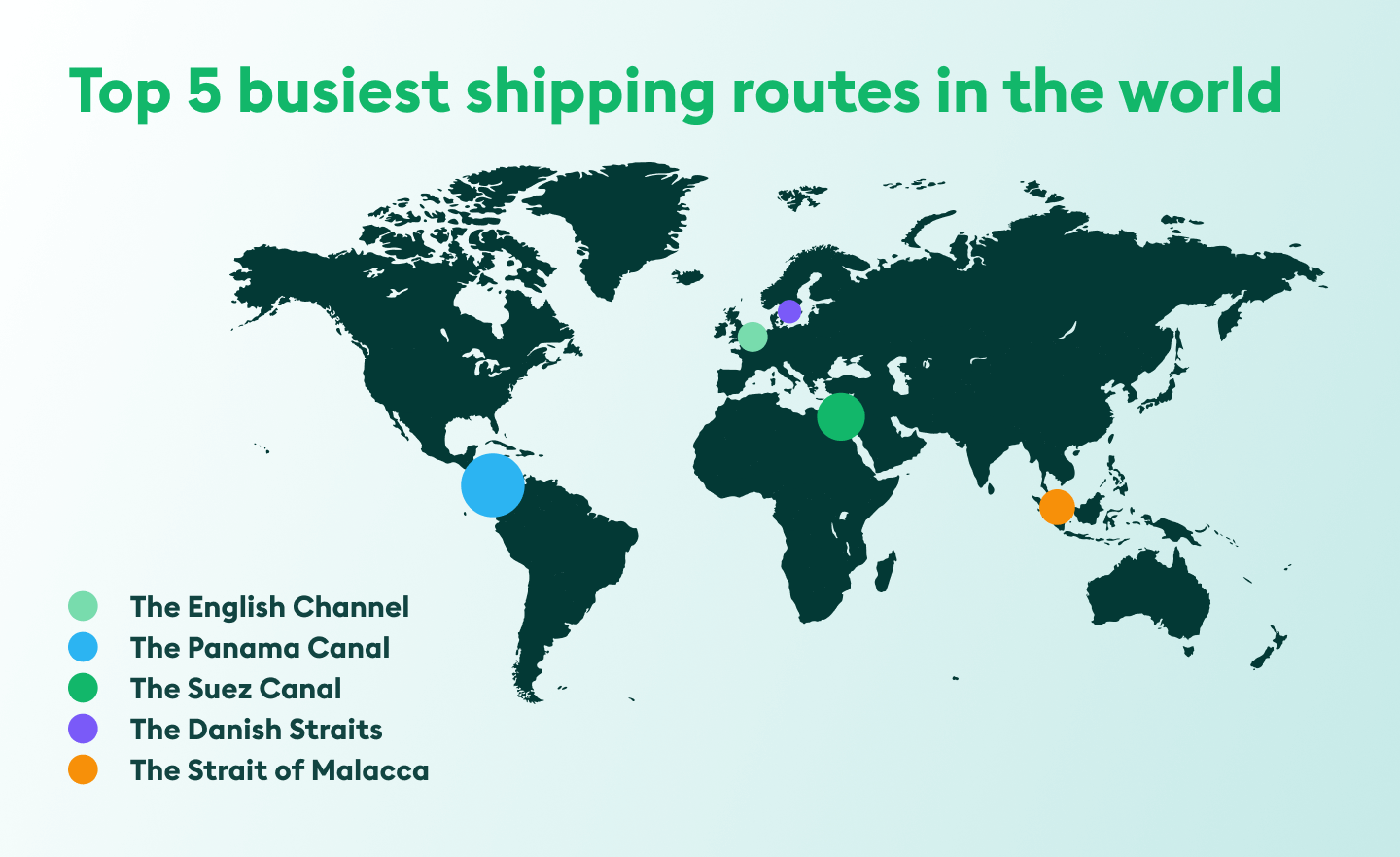
The English Channel (Europe-UK)
The English Channel is the busiest sea route in the world, connecting the North Sea and the Atlantic Ocean. It’s an important trade link between Europe and the UK.
The English Channel measures 560 km lengthwise and has a width of 240 km at its broadest area to about 34 km at its narrowest in the Dover Strait.
More than 500 ships pass through this channel daily. This route facilitates the shortest time for transit, cutting transport time from 210 minutes to 90 minutes. The harbor of Dover, on the British side of the strait, and the harbor of Calais on the French side are two of the world’s busiest harbors. This adds to the high activity of vessel movements on this route.
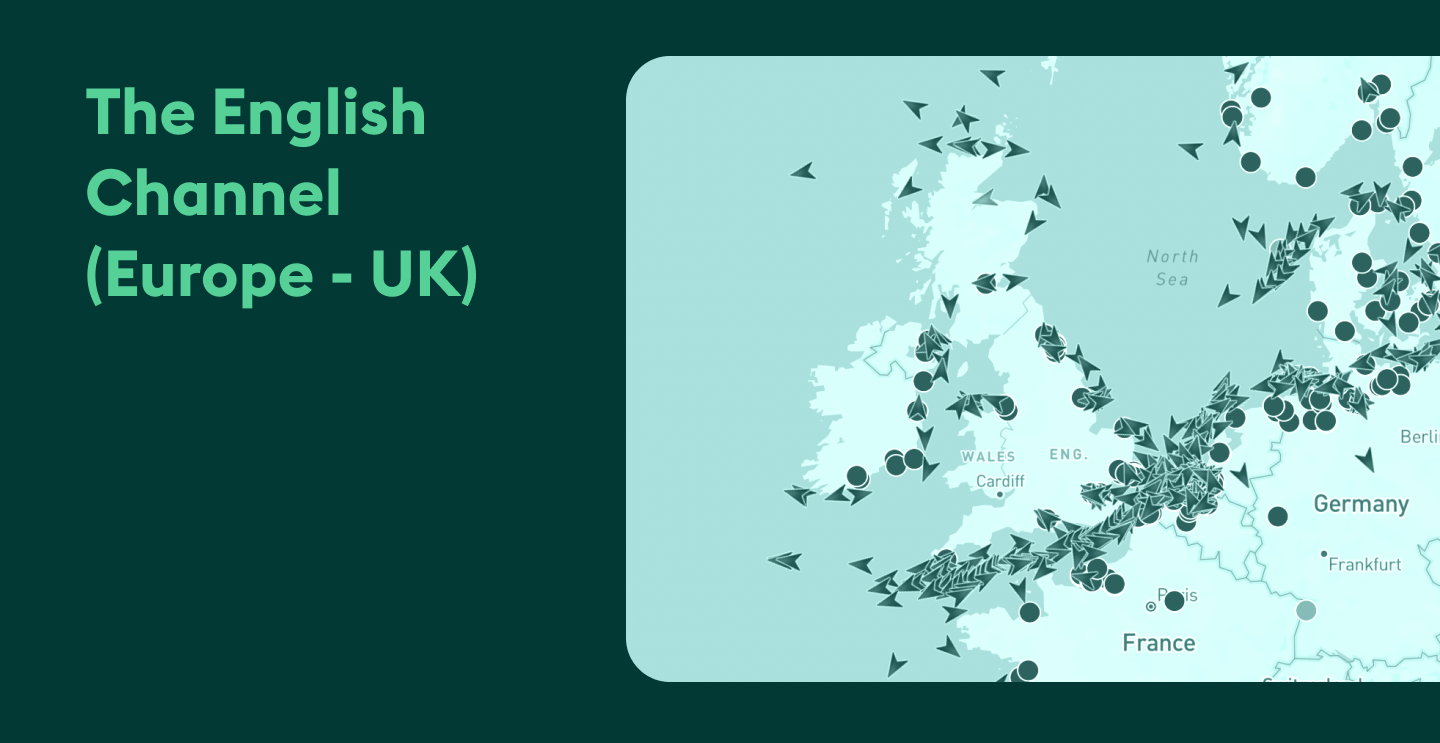
Want to ship your cargo through the English Channel? Find containers from vetted suppliers on the xChange marketplace. Explore offers and get the best rates now.
Get boxes on the English Channel
The Panama Canal (Asia-US)
The Panama Canal is one of the most strategic shipping routes in the world, connecting the Atlantic and Pacific Oceans and simplifying trade between Asia and the US. It is located in Central America, running through the Isthmus of Panama.
Its busiest route is between Asia and the East Coast of the US, where the canal saves vessels between 2,000 and 8,000 nautical miles per trip. This man-made marvel dramatically reduces travel time by cutting an approximately 67-day voyage around the southern tip of South America to just 10 hours.
Latest update on the Panama Canal
In 2023, the region experienced an intense drought, causing the Panama Canal Authority (PCA) to limit vessel transits and lower the allowable draft for ships due to reduced water levels in the freshwater lake that feeds the canal’s locks. Many shippers opted for the Panama Canal Railway as an alternative.
However, as water levels have started to recover, the PCA raised the maximum allowable draft to 50 feet (15.25 meters). Additionally, as of September 1, the PCA added an extra slot, bringing the total number of daily vessel transits to 36—almost back to the 36-38 transits per day before the drought. There are now 10 slots for Neopanamax vessels, 20 for supers, and six for regular vessels.
Find containers at the best prices to ship your cargo from Asia to the US on xChange.
Get containers on Panama Canal
The Suez Canal (Aisa-Europe)
The Suez Canal is a vital man-made waterway located in the Middle East, connecting the Mediterranean Sea to the Red Sea. It’s one of the most important and strategic shipping routes globally, serving as a direct link between Europe and Asia.
The canal enables vessels to bypass the lengthy journey around the southern tip of Africa (Cape of Good Hope), cutting the 24-day transit time to just 16 hours. This helps not only get your cargo to its destination faster but also aids in cutting down shipping emissions, thanks to shortened travel time.
As one of the busiest maritime trade routes in the world, the Suez Canal facilitates the passage of approximately 12% of global trade, handling an average of 50 ships daily.
However, the Suez Canal is facing disruptions due to the Red Sea shipping crisis.
Primary chokepoint in the Suez Canal and Strait of Hormuz
The Red Sea crisis has severely impacted maritime security in the region. Threats to vessels passing through the Bab el-Mandeb Strait have disrupted shipping routes leading into the Red Sea and, by extension, the Suez Canal. The growing risk of attacks is forcing vessels to avoid the Suez Canal and seek alternative, longer routes.
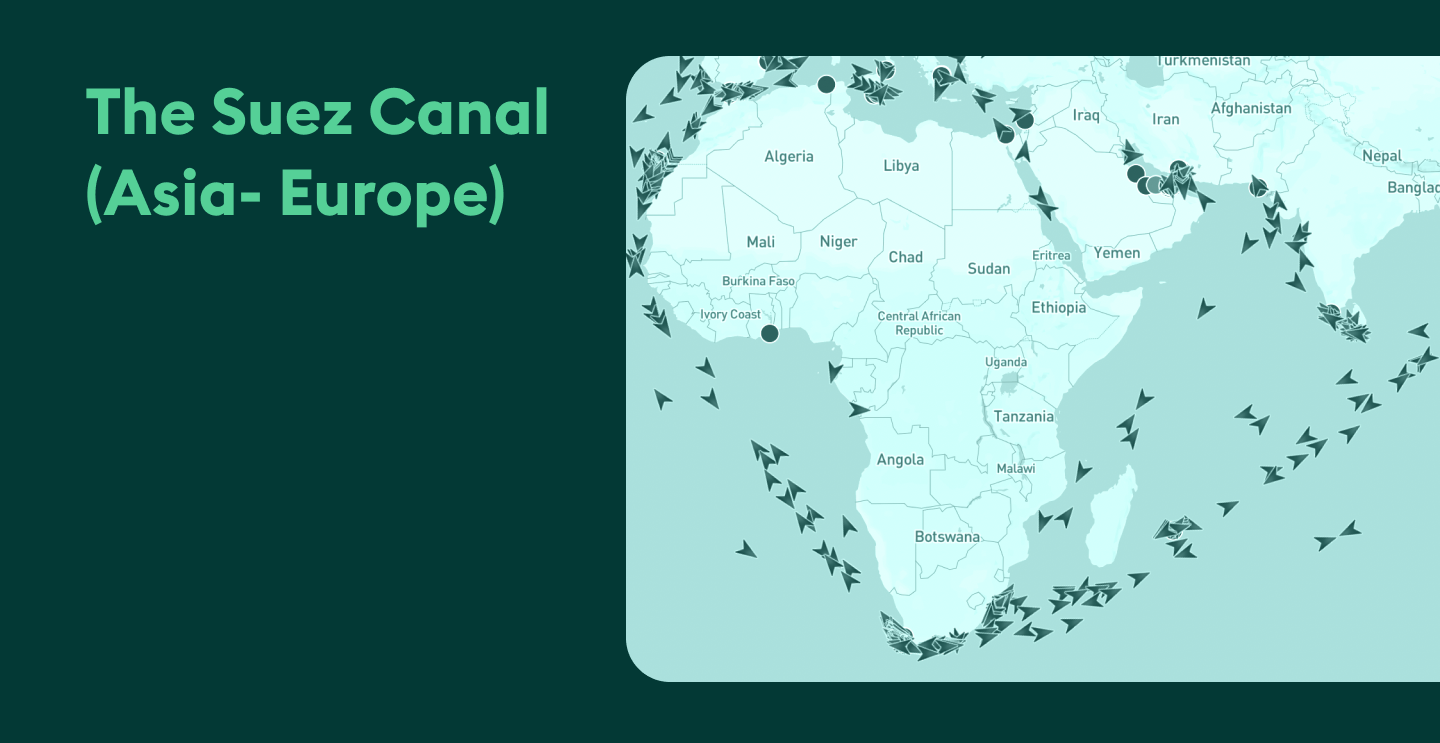
As a result, ships are taking the longer and more costly route around the southern tip of Africa, via the Cape of Good Hope. This detour significantly increases travel time and fuel costs, putting strain on global shipping and raising shipping costs.
At a time like this, it’s important to keep up with what’s happening in the industry so you can plan your shipments better. Subscribe to our monthly newsletter to get news updates, shipping routes, container prices, and more insights straight to your inbox.
The Danish Straits (Russia-Europe)
This strait links the North Sea and Baltic Sea and comprises 3 channels: the Øresund, the Great Belt, and the Little Belt. These are important points of transit for trade in Russia and Europe. The biggest share of shipments for this strait includes petroleum and crude oil.
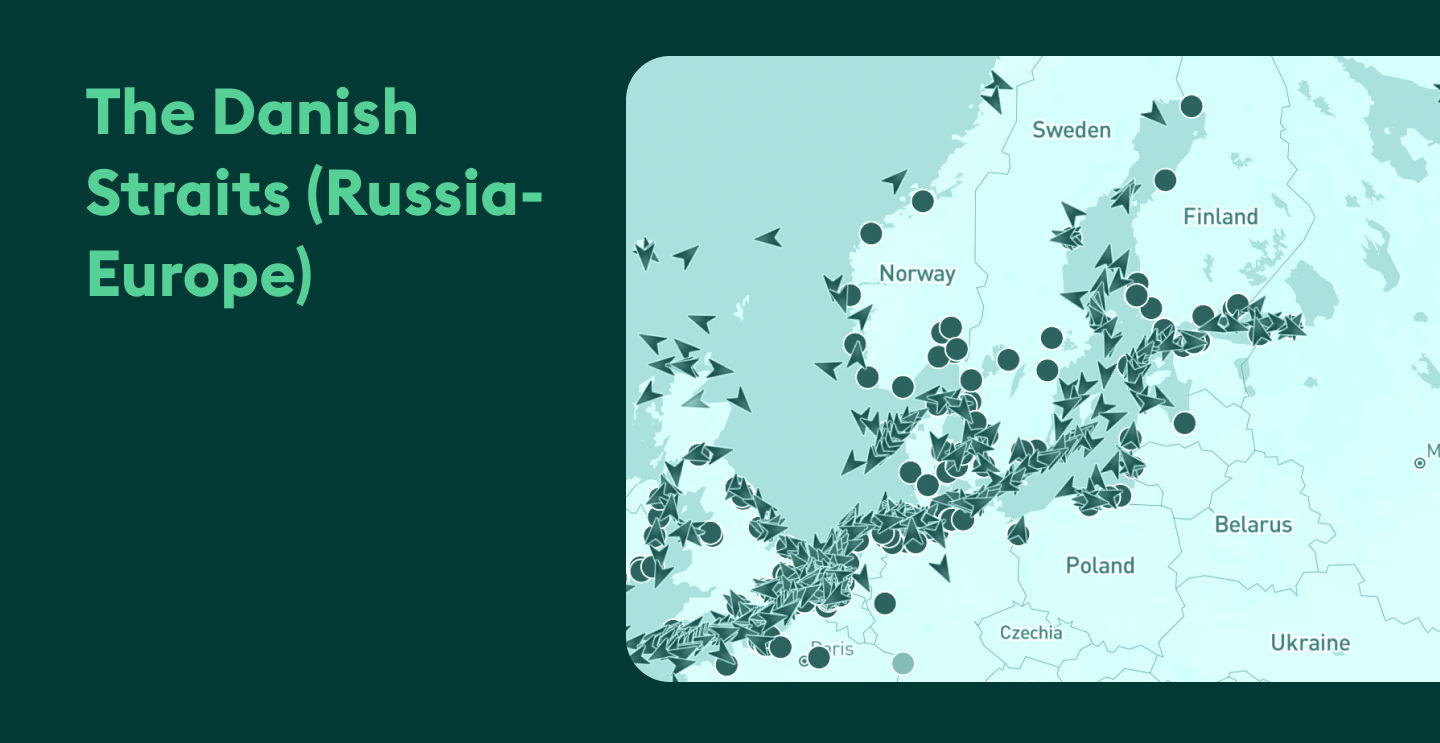
Have shipments to send from Russia to Europe across the Danish Straits? Choose a container from 100,000+ boxes available on our platform at comparable and negotiable rates.
Get containers from Russia to Europe
The Strait of Malacca (Intra-Asia)
This makes for the shortest and largest passageway between the Pacific and the Indian Ocean, located in Southeast Asia, between the Malay Peninsula and the Indonesian island of Sumatra.
It connects three of Asia’s biggest economies: India, China, and Japan, and other important Asian economies such as Thailand, Indonesia, Malaysia, the Philippines, Singapore, Vietnam, Taiwan, and South Korea. More than 83,000 vessels use this route annually for transshipment and global trade. Almost 40% of the world’s traffic passes through this strait.
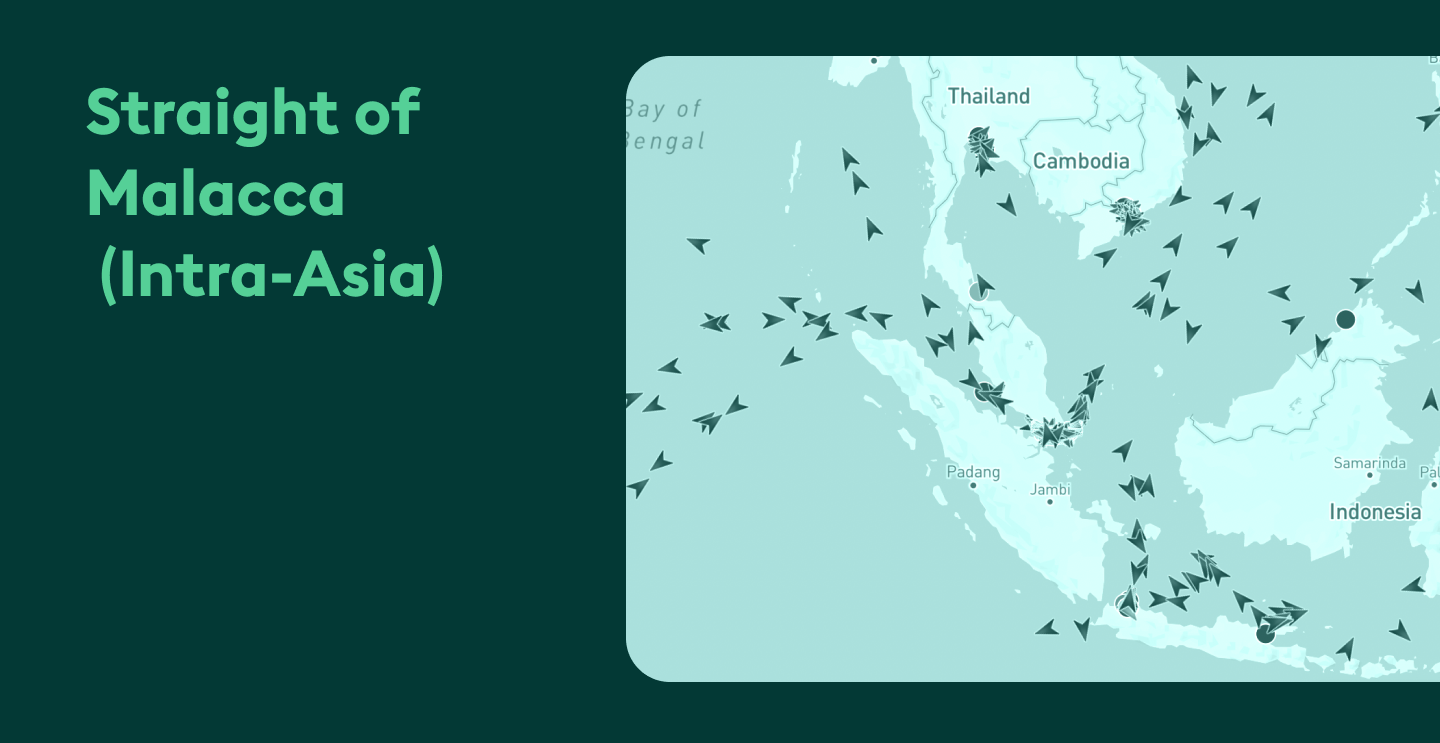
The majority of global trade passes through these shipping routes. However, shipping costs might increase due to several factors like port congestion, delays, and port strikes.
While these factors may not be in your hands, you can make sure to source containers at the best rates to lower your shipping costs.
On the Container xChange marketplace, you can choose from 100,000+ containers globally for these routes. Vetted suppliers provide all containers, and we don’t charge any commission on your deals! This makes xChange the safest and most cost-effective container-sourcing platform for your business.
Simply click the banner below to explore container leasing or buying options now!
Difference between lanes and routes
A route is the general path or direction that a ship takes from one port to another. It’s a broader term that refers to the overall journey, including the seas, straits, and channels a ship may pass through.
For example, the shipping route from Asia to Europe could pass through the Indian Ocean, Red Sea, and Suez Canal.
A shipping lane is a specific, designated part of the ocean or sea where ships are directed to travel. Shipping lanes are often established to organize marine traffic, avoid hazards, and ensure safety.
For example, in the English Channel, marked shipping lanes separate traffic moving in opposite directions to avoid collisions. Additionally, shippers are now considering a new lane to bypass the Red Sea crisis. Read on to learn more.
New Arctic shipping lane
The emergence of new Arctic shipping lanes, such as the Northern Sea Route (NSR) and the Northwest Passage (NWP), is transforming global maritime routes. These lanes offer shorter routes between Europe and Asia, cutting travel times and reducing fuel consumption.
However, the Arctic’s unpredictable weather, extreme conditions, and underdeveloped infrastructure continue to pose significant challenges for safe and reliable navigation.
Environmental concerns are also high, as increased shipping traffic risks disturbing the fragile Arctic ecosystem and contributing to further ice melt. While these lanes provide economic opportunities, it also brings concerns about security and environmental risks when most companies are focusing on sustainable logistics.
Popular maritime trade routes from countries
Let’s take a look at how major shipping countries move their cargo across the globe.
China
China is a central hub in global maritime trade, with its shipping routes extending across continents. One of the most popular routes is from China to the US, where vast volumes of goods, including electronics, textiles, and machinery, are transported regularly.
In addition to long-haul routes, intra-Asia trade is highly significant, with numerous shipping connections within the region. Sinotrans Container Lines, a major player in Chinese shipping and a member of xChange, recently introduced a new service connecting North China and the Philippines, further enhancing regional trade.
The average 40ft container leasing rate from China to the US is $981. The leasing rate from China to Europe is $1,350 with 60 free days and $3 per diem charge.
Want to check out the container prices for your specific route? Click the button below to explore all offers.
Canada
Canada’s maritime trade routes are critical for its economy, with key shipping routes connecting it to its major trading partners.
The United States is Canada’s largest trading partner, accounting for a significant portion of its exports. Trade with the European Union and China also plays a pivotal role, with strong demand for Canadian goods such as agricultural products, energy, and raw materials.
The average container price for a 40ft cargo-worthy container in Canada is $1,410. Click the button below to find all container listings in Canada from vetted sellers.
United States
The United States plays a major role in global trade, with maritime routes connecting it to nearly every corner of the world. Key trading partners of the US include China, Canada, and the European Union, with goods ranging from consumer electronics and machinery to agricultural products.
Some of the busiest and major ports in the US are Los Angeles, Long Beach, and New York, which serve as major hubs for international trade. The US also has extensive shipping routes to Europe and Asia.
The average 40ft cargo-worthy container price in the US is $1,800. Find container offers from 1,700+ vetted suppliers and choose from 100,000+ containers by clicking the button below.
Now that you know all the busiest shipping routes and popular shipping countries, let’s take a look at how you can source containers at the best prices for your business.
Use Container xChange’s platform to get best rates on popular shipping routes
On the Container xChange marketplace, you can find vetted suppliers to lease SOCs or buy shipping containers. Just select the container type and size you need, and you’ll get multiple offers to choose from within seconds.
When you find something that suits you, reach out to the supplier directly to negotiate the rates, terms, and conditions. We don’t charge any commission on your deals.
Here are some other benefits you’ll enjoy as a member of xChange:
- Access 100,000+ containers in over 2,500 locations worldwide.
- Work with 1,700+ vetted and pre-approved suppliers.
- Compare multiple container offers in one place.
- Get complete price transparency.
- No hidden costs
- Negotiate deals directly with suppliers—no middleman
xChange makes it easy to get the containers you need at your desired routes and location. Simply click the banner below to explore offers, connect with suppliers, and get the best prices on your next container deal!
Shipping routes: Common FAQs
What is the most used shipping route?
The most used shipping route is the English Channel, connecting the Atlantic Ocean to the North Sea, where over 500 vessels pass through daily.
How do shipping routes work?
Shipping routes are carefully planned paths that ships follow to transport goods between ports. These routes are designed based on several factors, including the shortest distance between destinations, weather patterns, and ocean currents, among others.
What is the meaning of a ship route?
A ship route is the designated path or course a vessel takes to travel between two or more ports for transporting goods or passengers.


